I recently took a trip to the Smokey Mountains. I went at this time of year to see the rare wildflowers. While I often chronicle these flowers in the nature preserve near me, the mountain species, especially in the higher elevations, are quite different. In May, the leaves are not on the trees at the 5,000-foot elevation. The sunlight that filters through the bare trees spurs these beauties into bloom.
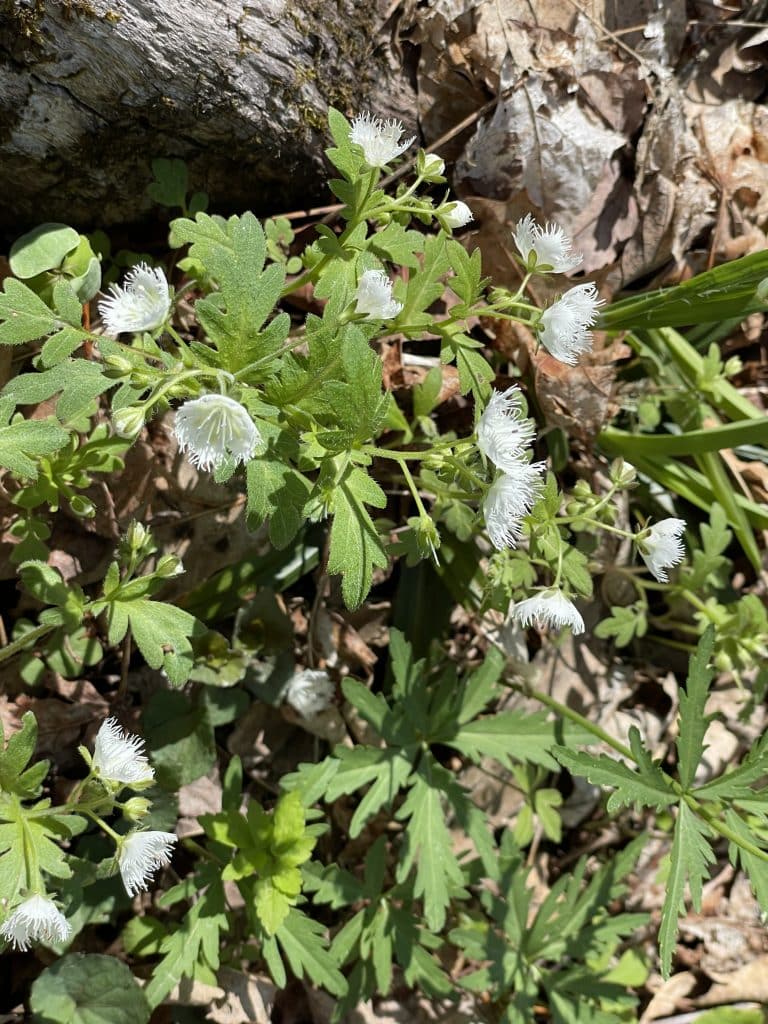
The sheer abundance of wildflowers is powerfully moving. I had carefully chosen the place to walk and photograph these precious spring gifts from the Lord. While there are wildflowers blooming in the mountains throughout the year, springtime is especially abundant for the rarer species, such as trillium. We passed entire hillsides covered with trillium, white and red. Bordering our path were thousands of white fringed phacelia.
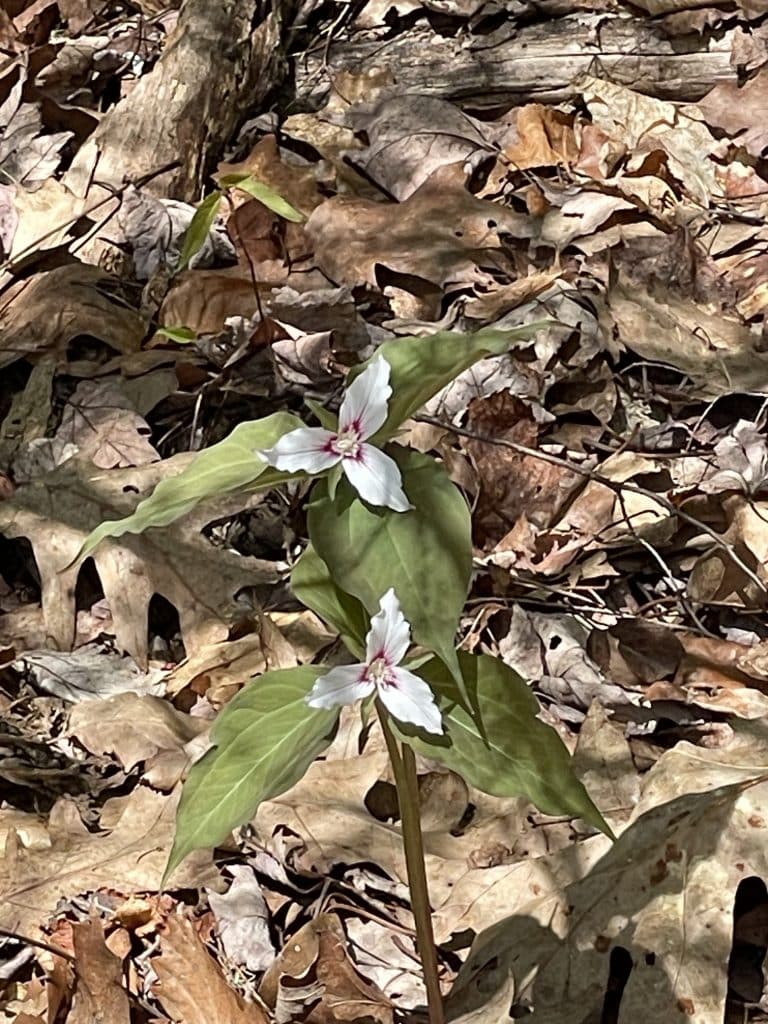

Our Creator God designed the ecosystem where these wildflowers flourish. Change the leaf litter, the tree roots, the soil composition, and the flowers won’t thrive. This is true even when I bought some cultivated by the Charlotte botanical garden. It’s usually a fruitless proposition to transplant wildflowers into your yard. Their soil requirements cannot be reproduced. It’s also why there are so many laws that restrict picking or transplanting them. Most of these flowers, once picked and/or transplanted, will die because you have taken them out of their biosphere. And considering that they only have one chance to bloom and produce seed, you are ultimately limiting their ability to survive. They need a protected habitat the Lord created for them. Some are so unusual that you only see them here.
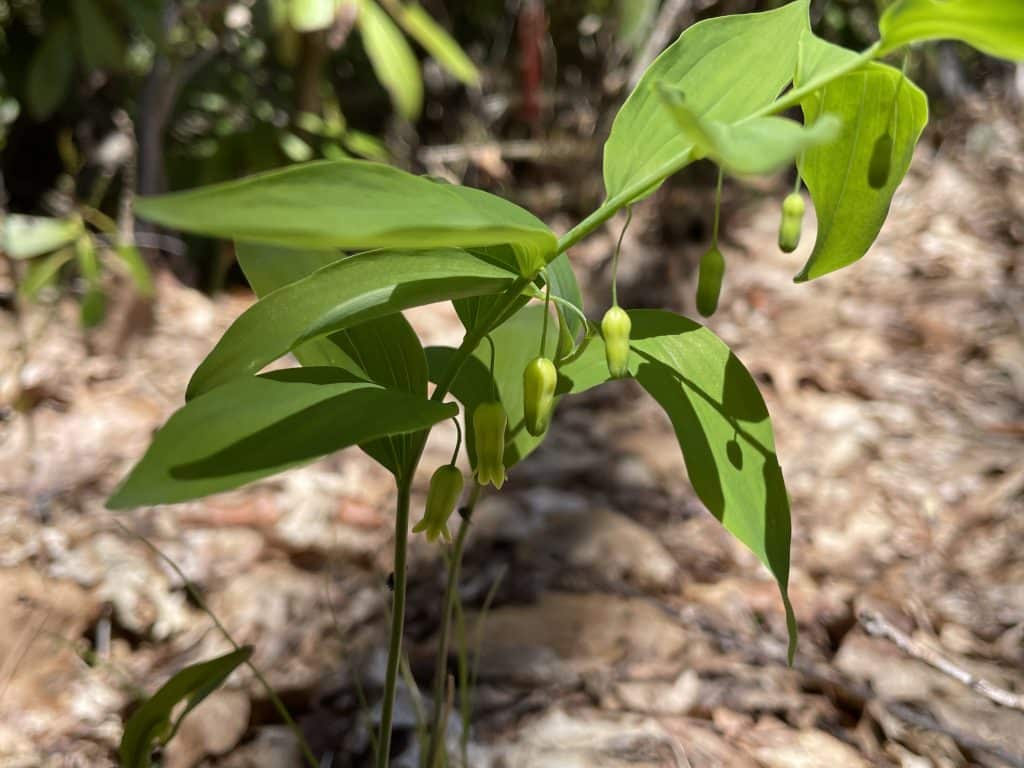
The Lord planted these flowers on rocky hillsides for a reason. They will flourish there. There were enormous swaths of trout lily, or dog tooth violet. The name trout lily comes from the trout-like speckled appearance of their leaves. As we walked along the path, the trout lilies were starting to cover both sides of the path like a waterfall of green with yellow blossoms.
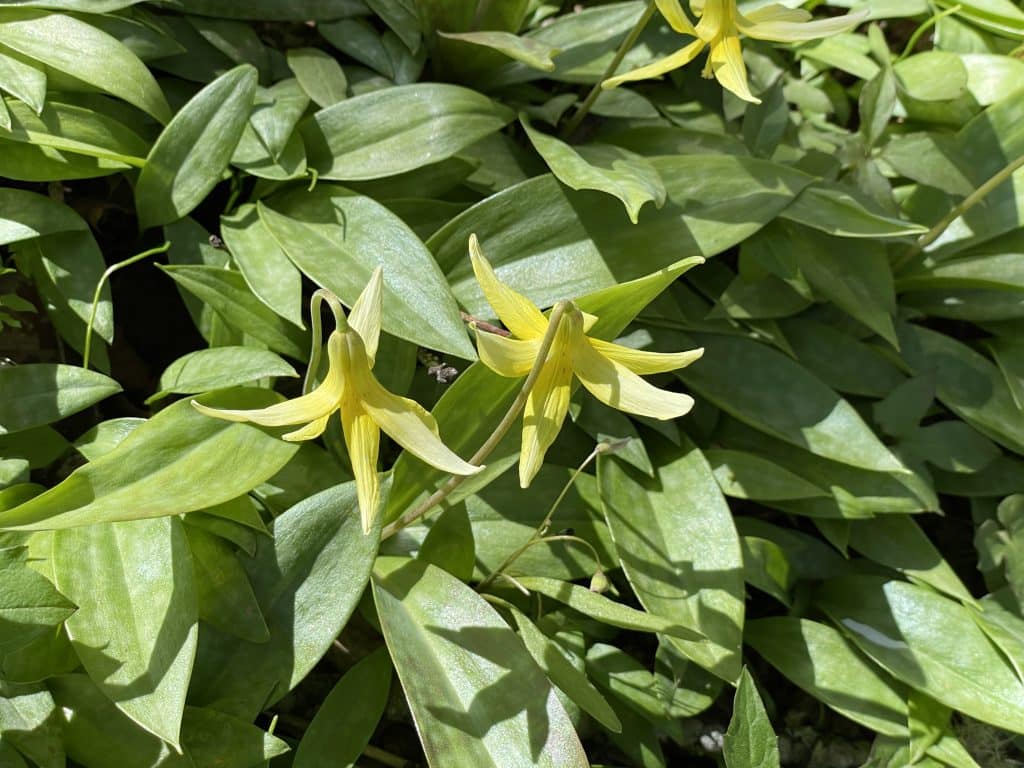
Other flowers, such as the wood anemone, have Cherokee lore attached to them. This makes for fascinating conversations. They believed the wood anemone could be used as a love potion if crushed and blown at the person you were desirous of captivating. We enjoyed taking photos of a honeymoon couple with the “love potion” anemones.
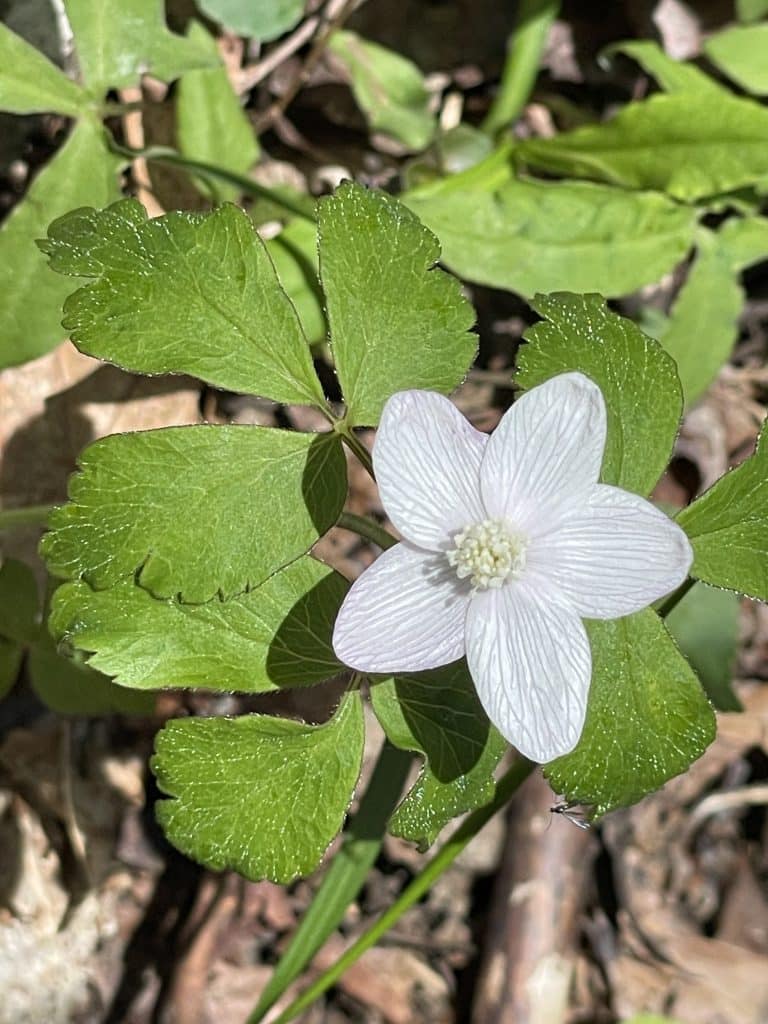
Another interesting wildflower is bear corn. It is unusual and striking in its flowering state. I usually see it in midsummer after the bears have eaten their fill. It has a laxative effect for them after a long winter of hibernation.
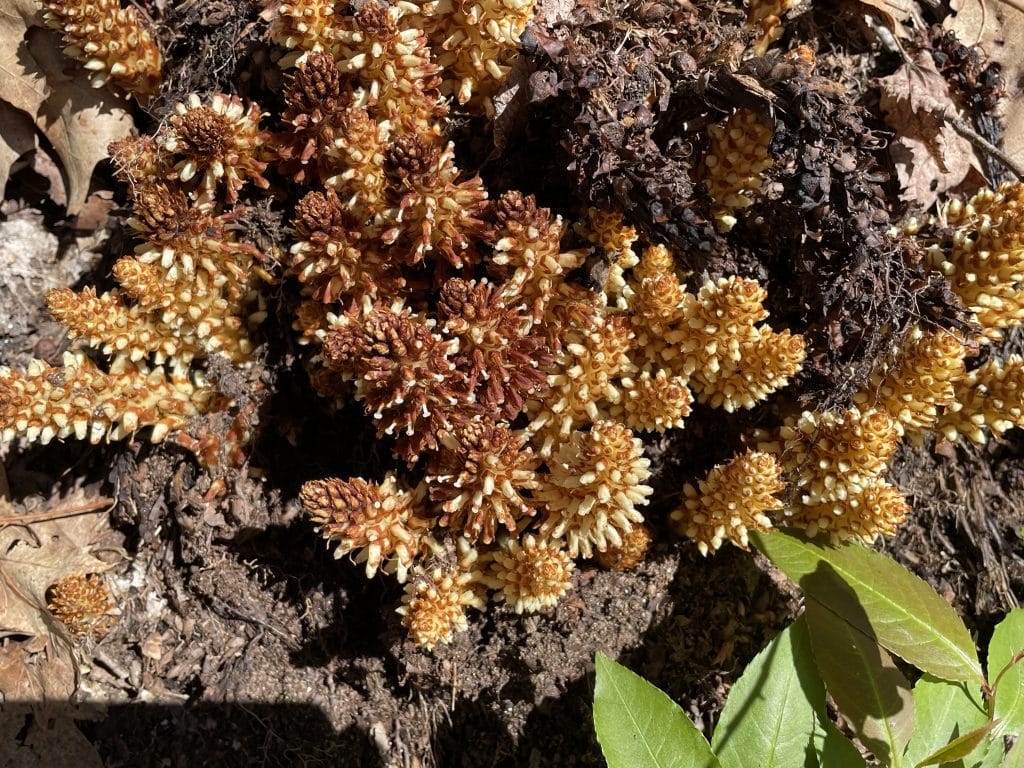
As human beings, we have our own biosphere in which we live and thrive. God started us in the Garden of Eden. If we let Him He will place us where we will thrive. When we bloom and flourish where He plants us, everyone around us is supported and also thrives. We grow roots in a Christian community of believers that nourish and support us throughout our days on earth. We may move around geographically, but once established and rooted in a community, especially a church, like the wildflowers, we will thrive.
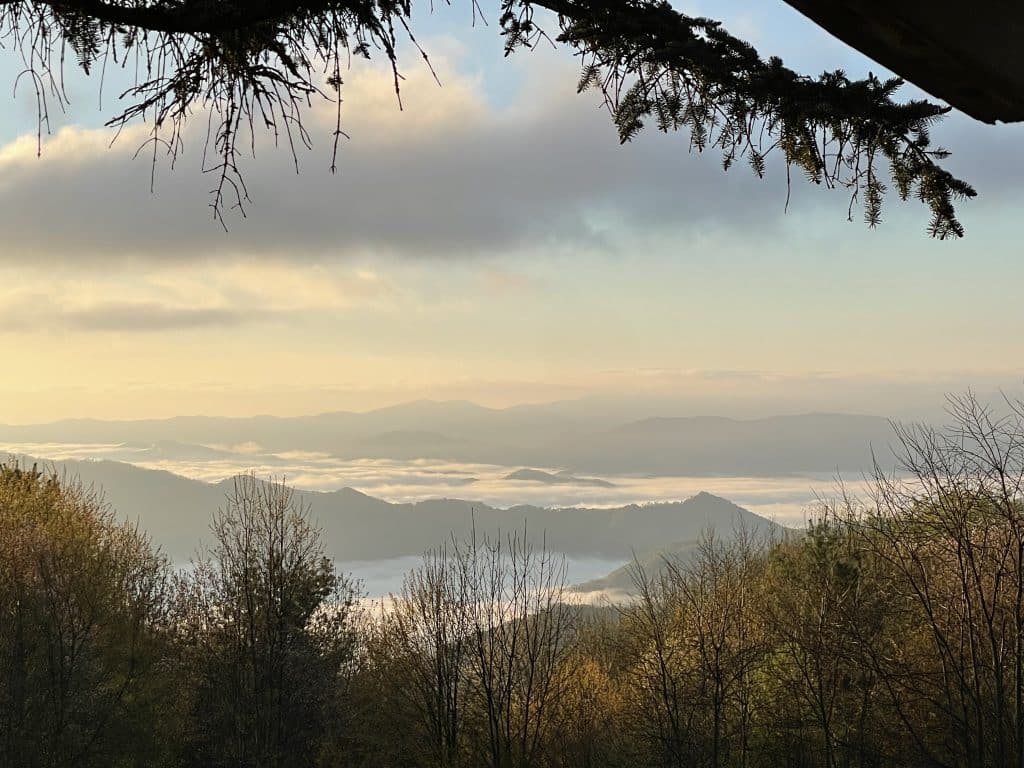
Everything in nature is interdependent. Nothing survives alone for long. We are meant to be in community, helping each other grow and flourish just like the rest of God’s creation. The Lord makes provision for every creature to survive. But humans have an extra advantage. We come together with other believers to help us stand strong and withstand the winds and storms that blow around us in a world that still operates under the curse that began in the garden. Fellowship is the Lord’s way of bolstering us here on earth in our biosphere until we arrive at our heavenly destination.
“He is like a tree planted by water, that sends out its roots by the stream, and does not fear when heat comes, for its leaves remain green, and is not anxious in the year of drought, for it does not cease to bear fruit.”
Jeremiah 17:8 ESV
